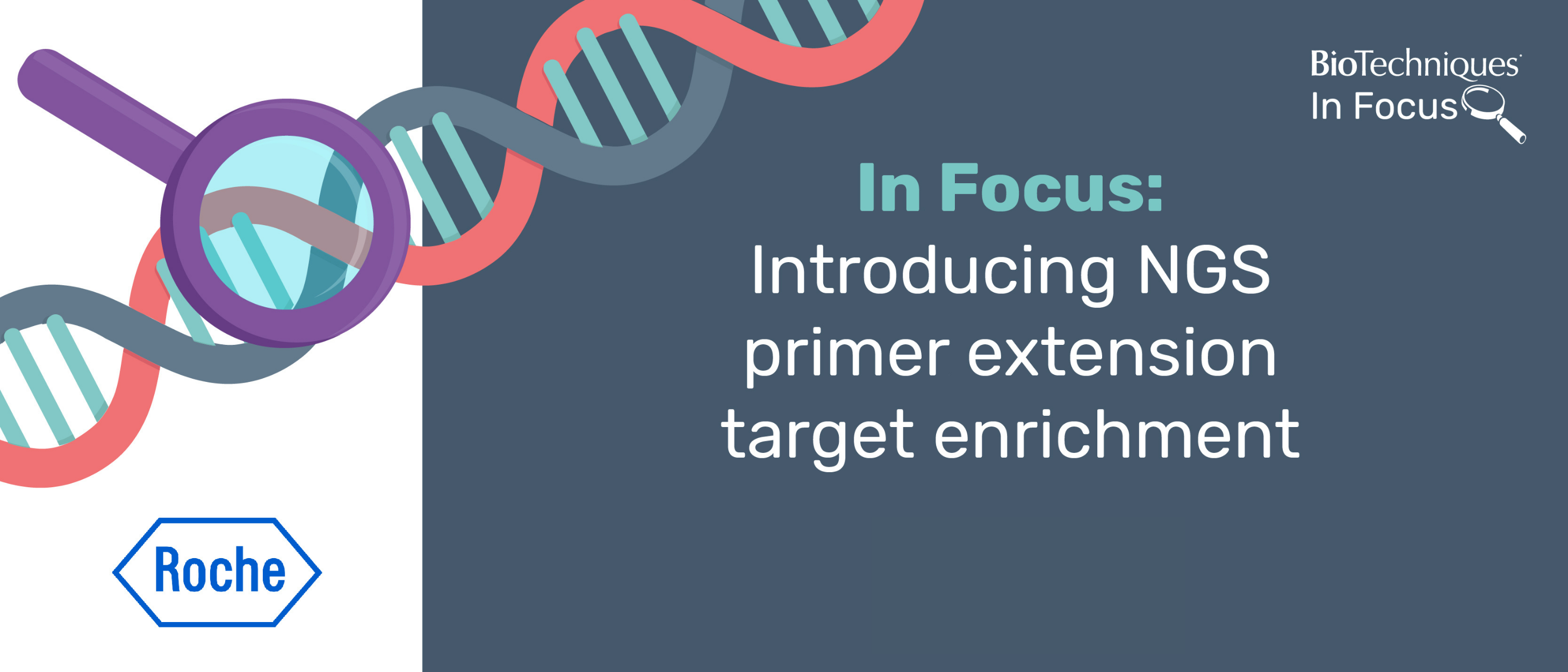Introducing NGS primer extension target enrichment

Next-generation sequencing (NGS) revolutionized the life sciences and has given rise to fields such as clinical sequencing, advanced our understanding of genome-typing and gene expression, and allowed research in agricultural, environmental and epidemiological sciences to advance.
While NGS has made sequencing considerably cheaper, whole-genome sequencing is still expensive and cannot provide the precision and depth of information required to decipher the roles of individual genes in complex diseases or investigate rare and low-frequency genetic variants. To overcome this, labs often enrich DNA or RNA regions of interest before sequencing. There are several techniques for this, including amplicon-based methods, hybridization-based methods, and the novel primer extension target enrichment method.
In this In Focus, we will explore:
- The various techniques available for enriching regions of interest
- How the novel technology primer extension target enrichment (PETE) works
- The impact target enrichment can have on genomics and oncology research
Research Use Only. Not for use in diagnostic procedures.


